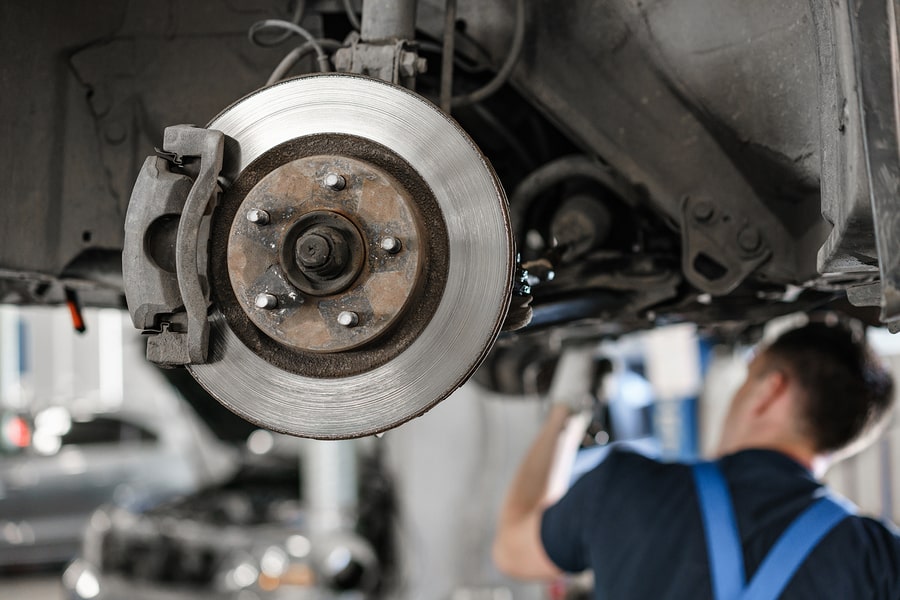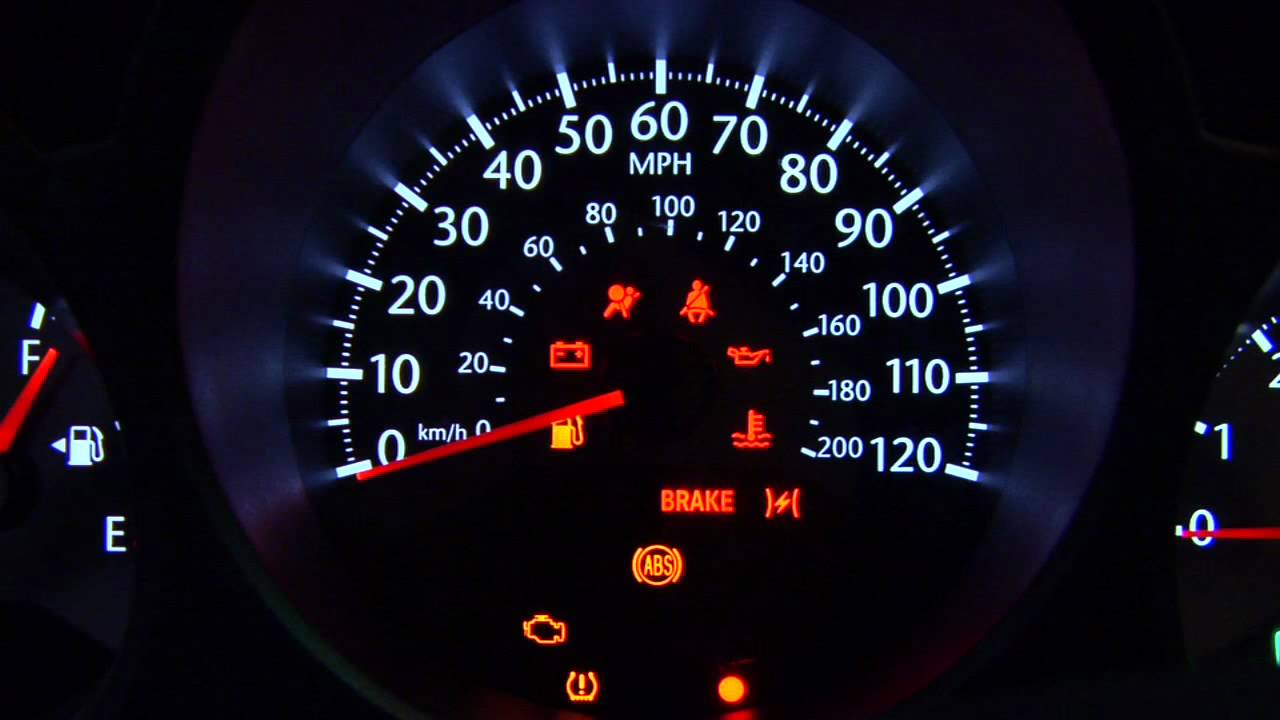When you are sitting in slow-moving traffic, an automatic transmission comes into its own. The easy shifting and lack of a clutch allow for increased convenience and less knee pain. However, when automatic transmissions break down, they are nothing short of a headache.
Diagnosing car problems without the help of a trained mechanic is difficult. But if you learn the signs of an impending transmission disaster, you may be able to take action to prevent a complete transmission failure, saving you money and upheaval. Here we break down the five signs that your automatic transmission might be about to give out and require maintenance work.
For all your automatic transmission needs, visit: SirCarPart.com/used-tansmissions-for-sale
Clunking Noises

source: superiorservicecenter.com
One of the earliest signs of a transmission problem is a strange clunking or whining noise. If your transmission starts making noises that it should not be making, it deserves further investigation. Ignoring noises will only lead to trouble down the road.
Delayed Shifting

source: epmooney.ie
Your automatic transmission should be dynamic and responsive. When you move your gear stick from the park, to reverse, to drive, it should change immediately with minimal delay. If you notice an observable delay, it is a bad sign.
A Burning Smell


source: carfromjapan.com
Burning smells in cars are never good. If you suspect that the smell is burning transmission fluid, it is a particularly ominous sign. This could be indicative of your transmission fluid overheating, which can cause a host of issues. The transmission fluid’s job is to cool the transmission system. If it is overheating, it is failing to perform its basic function.
A burning smell doesn’t necessarily mean there is a problem with the transmission. Some cars have radiator systems to cool to transmission fluid. The failure of this radiator could cause the temperature of the transmission fluid to increase. But it pays to fully investigate any burning smell.
Dashboard Lights

source: says.com
The dashboard lights are there to alert you to abnormalities in the engine. They should not be ignored under any circumstance. If your dash lights up like a Christmas tree when you turn the key, don’t start driving until you know exactly what is causing it.
Dash lights don’t necessarily mean big problems. The sensors in the vehicle’s engine are highly sensitive, designed to pick up on even the slightest issue. As a result, sometimes the light can be caused by a sensor coming loose. However, to drive your vehicle with warning lights on is to run the risk of serious electrical or mechanical malfunction, and should be avoided at all costs.
You may also like to know about 10 Common Mistakes You Should Avoid When Selling a Used Car
Rough Shifting

source: wheelzine.com
When your transmission is working with 100% efficiency, your gear changes should be barely detectable. Your automatic transmission will smoothly hop between gears with minimal disturbance.
If your gear changes begin to jar or shimmy, this is not a good sign. Your transmission may need some adjustments or repairs.
Identifying these issues can be tricky, but as a responsible car owner, it is your responsibility to keep an eye and an ear out for anything untoward. If you catch problems early, they are generally easier to fix than after they have been allowed to deteriorate. “A stitch in time saves nine,” could easily have been written by a mechanic after a long day replacing a fully automatic transmission system. visit for more automobile relevant tips and ideas, must-visit LiveEhanced.




